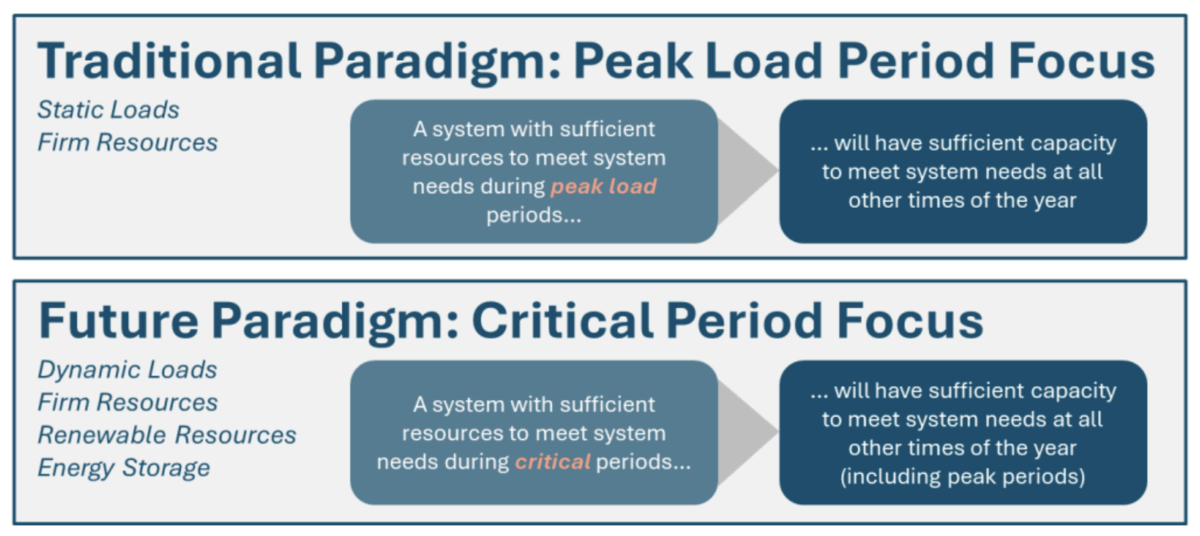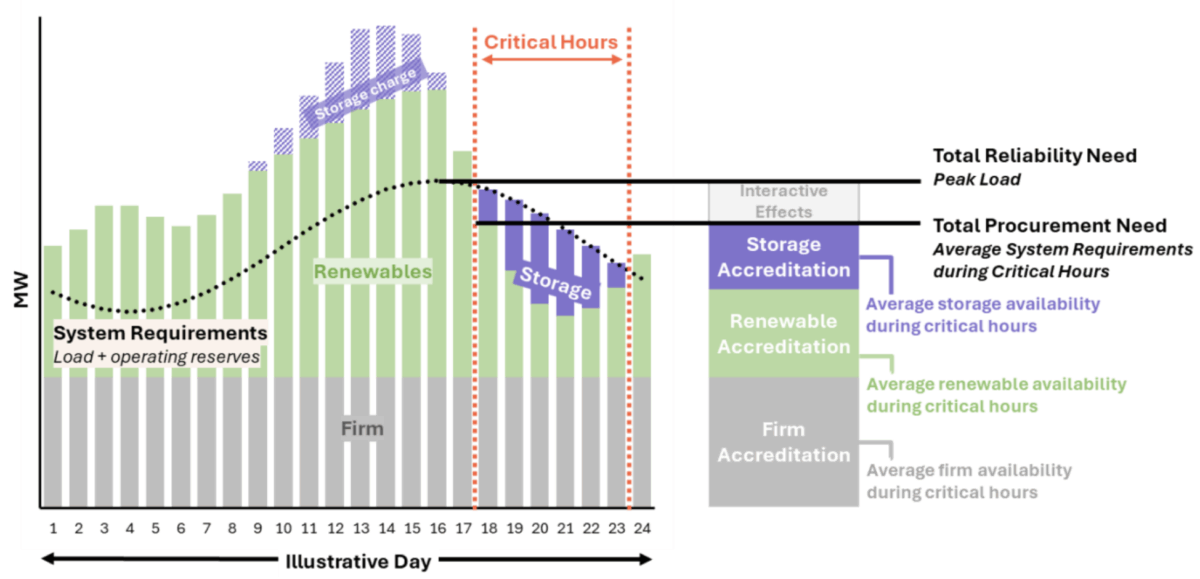
Electricity systems are under increasing stress related to resource adequacy. Unprecedented load growth, changes in historical weather patterns, retirement of conventional resources, and the rise of variable and energy-limited resources have created new challenges for maintaining resource adequacy. At the same time, recent events have shown that conventional thermal generators often underperform during critical winter conditions. In this context, power system planners and market operators are reevaluating longstanding practices for determining and allocating resource adequacy need. E3’s new white paper, Resource Adequacy for the Energy Transition: A Critical Periods Reliability Framework and its Applications in Planning and Markets, describes these challenges and lays out a framework that both formalizes and advances the emerging methodologies for evaluating resource adequacy need.

The paper presents a comprehensive framework for modernizing how utilities and market operators determine total reliability need, accredit resource capacity, and allocate procurement responsibility. At its core is a shift from a focus on peak demand to a focus on “critical periods” – the hours when the system is most likely to experience power supply shortfalls. These are not necessarily the hours of highest demand but rather those when the resource mix is least able to perform as needed. As power systems evolve to accommodate higher penetration of variable energy resources, these critical periods are increasingly diverging from traditional peaks. For example, in California, critical periods have shifted to after sunset during summer evenings, when solar output falls but demand remains high.

Key elements of the framework include:
- Critical Periods and Total Reliability Need (TRN): Reframes resource adequacy around the hours of greatest reliability risk and uses a loss-of-load standard to define how much equivalent perfect capacity is needed to meet system needs.
- Portfolio ELCC Function: Captures the total reliability contribution of the resource mix. A resource’s marginal ELCC is the slope of this surface along its dimension.
- Marginal ELCC Accreditation: Measures a resource’s contribution to system reliability at the margin, during critical periods, in order to provide incentive for efficient capital investment. Reflects diminishing returns and interactions across resources.
- Procurement Need and Allocation: Determines total procurement based on marginal ELCC and allocates obligations based on load during critical hours, rather than during peak demand hours in order to incentivize efficient load response.
- Applications in Planning and Markets: Applicable to both vertically integrated utility planning and wholesale market design. Supports capacity expansion modeling and aligns with reforms underway in NYISO, PJM, MISO, and ISO-NE.
The framework provides a better physical representation of reliability risk and aligns with principles of economic efficiency, fairness, and transparency. It ensures that:
- Resources are rewarded in proportion to their marginal contribution to reliability.
- Loads receive signals that reflect when load response is most effective.
- Capacity products are defined consistently based on power system fundamentals, enabling different resource types to be compared and procured using a common approach.
Who this is for:
- Planners and market designers seeking to modernize RA practices
- Market participants seeking to make investments in power supply resources
- Policymakers and regulators evaluating new capacity accreditation rules
- Stakeholders participating in or designing capacity markets
- System modelers and researchers in reliability and market design
The paper formalizes a framework for resource adequacy that builds on established methodologies like loss-of-load probability and ELCC. It provides a more precise mathematical formulation of the problem than has previously been put forward, helping to clarify how total system need is defined, how resources are accredited, and how obligations are allocated.
Download the full white paper here >
For more information about E3’s work on resource adequacy, please contact arne@ethree.com.


